Beginner’s Guide to Cooking: Simple Tips and Recipes to Get You Started
Cooking can feel intimidating at first, but with the right tools, techniques, and mindset, this Beginner cooking guide shows that anyone can learn to create delicious meals. It’s designed to help you master the basics with simple tips, essential tools, and beginner-friendly recipes that will build your confidence in the kitchen.
Why Use a Beginner Cooking Guide?
Learning to cook has numerous benefits—it’s healthier, more cost-effective, and incredibly rewarding. This Beginner cooking guide not only teaches the essentials but also inspires creativity and enjoyment in the kitchen. Preparing your own meals allows you to control what goes into your food, explore new flavors, and even impress your loved ones. Plus, cooking is a skill that you’ll carry with you for life.
Must-Have Kitchen Tools for Beginners
Before diving into recipes, equip yourself with these essential kitchen tools. This Beginner cooking guide focuses on simplicity, so start with the basics:
- Chef’s Knife: Your go-to tool for chopping, slicing, and dicing.
- Cutting Board: A sturdy cutting board protects your countertops and keeps prep clean.
- Measuring Cups and Spoons: These ensure accuracy in your recipes.
- Mixing Bowls: Perfect for mixing, tossing, and prepping ingredients.
- Nonstick Skillet: Ideal for frying eggs, sautéing veggies, and cooking meats.
- Saucepan: Useful for boiling pasta, making sauces, and reheating soups.
- Baking Sheet: Great for roasting vegetables and baking cookies.
Essential Cooking Techniques for Beginners
This Beginner cooking guide emphasizes mastering the following techniques to build your skills:
- Chopping: Uniform cuts ensure even cooking, so practice slicing, dicing, and mincing.
- Sautéing: Use medium heat and a bit of oil to cook vegetables and proteins to perfection.
- Boiling: Master this simple method for pasta, rice, and hard-boiled eggs.
- Roasting: Roast vegetables and meats for rich, caramelized flavors.
- Seasoning: Don’t shy away from salt and pepper—seasoning is key to flavorful dishes.
Beginner-Friendly Recipes to Try
Starting with simple recipes is the best way to gain confidence. Here are a few examples from this Beginner cooking guide:
- Scrambled Eggs: Perfect for breakfast or a quick meal.
- Garlic and Olive Oil Pasta: A delicious, straightforward dish.
- Roasted Vegetables: Toss your favorite vegetables with olive oil, salt, and pepper, then roast at 425°F (220°C) for about 25 minutes.
Pro Tips for Cooking Success
To get the most out of this Beginner cooking guide, follow these practical tips:
- Read the Recipe First: Familiarize yourself with the ingredients and steps before you begin.
- Prep Ingredients in Advance: Chop, measure, and organize your ingredients to make the process smoother.
- Taste as You Cook: Adjust seasoning as needed to suit your preferences.
- Clean as You Go: Tidying up while cooking keeps your kitchen organized and reduces stress.
Next Steps in Your Cooking Journey
With the help of this Beginner cooking guide, you’re ready to tackle more complex recipes and experiment with flavors. Start with the simple tips and techniques outlined here, and remember—practice makes perfect.
For more inspiration, explore our website for recipes that are perfect for beginners. Each recipe is designed to be approachable and rewarding.
Easy and Beginner-Friendly Comfort Food Recipes
Comfort food is all about creating meals that are satisfying, nostalgic, and full of flavor. These recipes are perfect for beginners, offering simple steps and easy-to-find ingredients that anyone can master. Whether you’re craving something creamy, cheesy, or hearty, this guide features approachable recipes that are as enjoyable to make as they are to eat.
What Makes a Meal Comforting?
Comfort food is all about indulgence and familiarity. These dishes often showcase rich flavors, creamy textures, and hearty ingredients like cheese, potatoes, and slow-cooked meats. They’re designed to bring joy and satisfaction, making them ideal for cooks of all skill levels, especially beginners.
Essential Tips for Using Fresh Herbs
Fresh herbs can elevate any recipe, adding brightness and depth. Here’s how to use and store them effectively:
- Chop Herbs Just Before Use: This ensures maximum flavor and aroma.
- Store Them Properly: Wrap herbs like parsley and cilantro in a damp paper towel and store in a plastic bag in the refrigerator.
- Freeze for Longevity: Chop herbs and freeze them in olive oil using an ice cube tray for easy use later.
Simple Recipes to Try
Here are some beginner-friendly recipes that are comforting and easy to make, perfect for any time you want a satisfying meal:
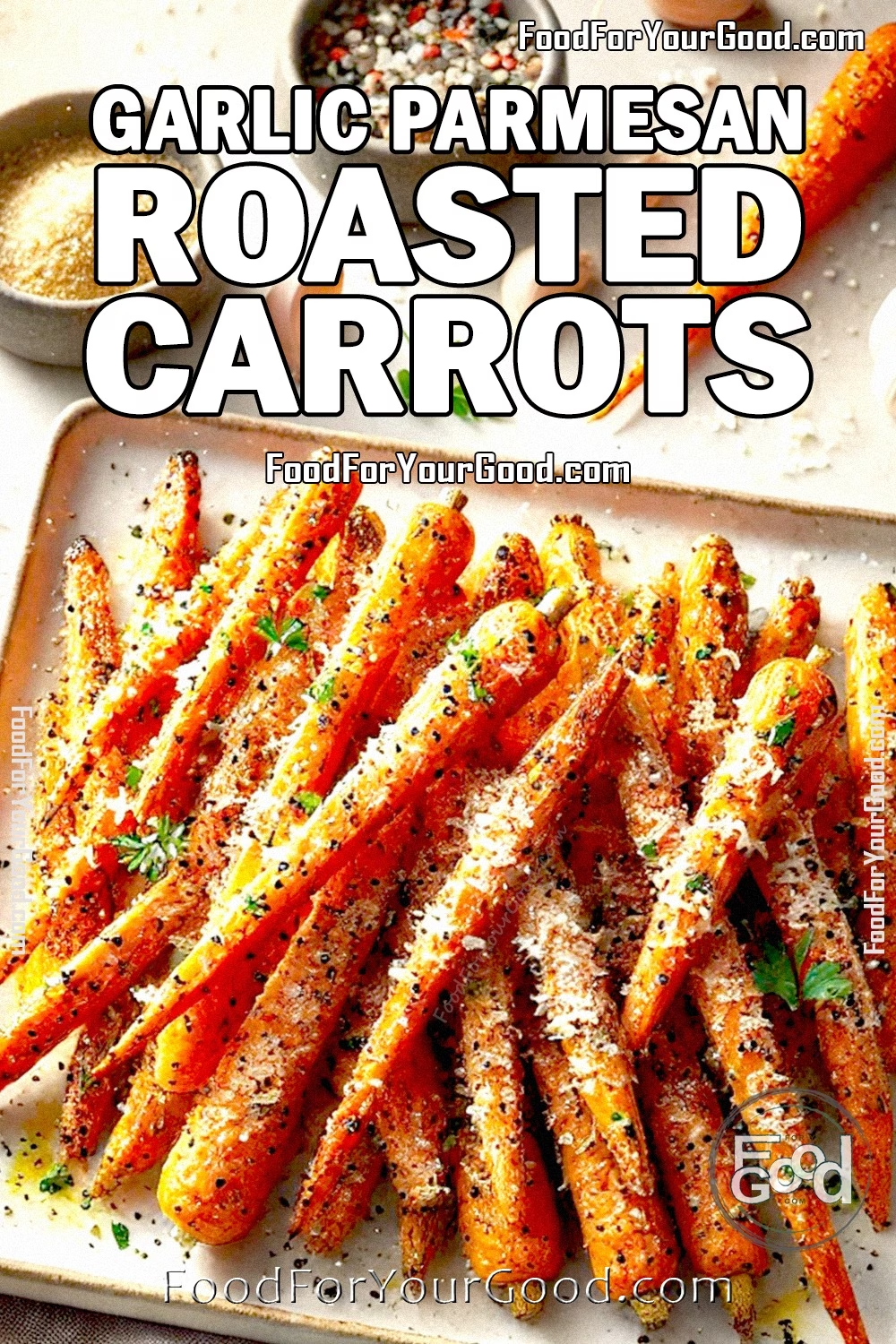
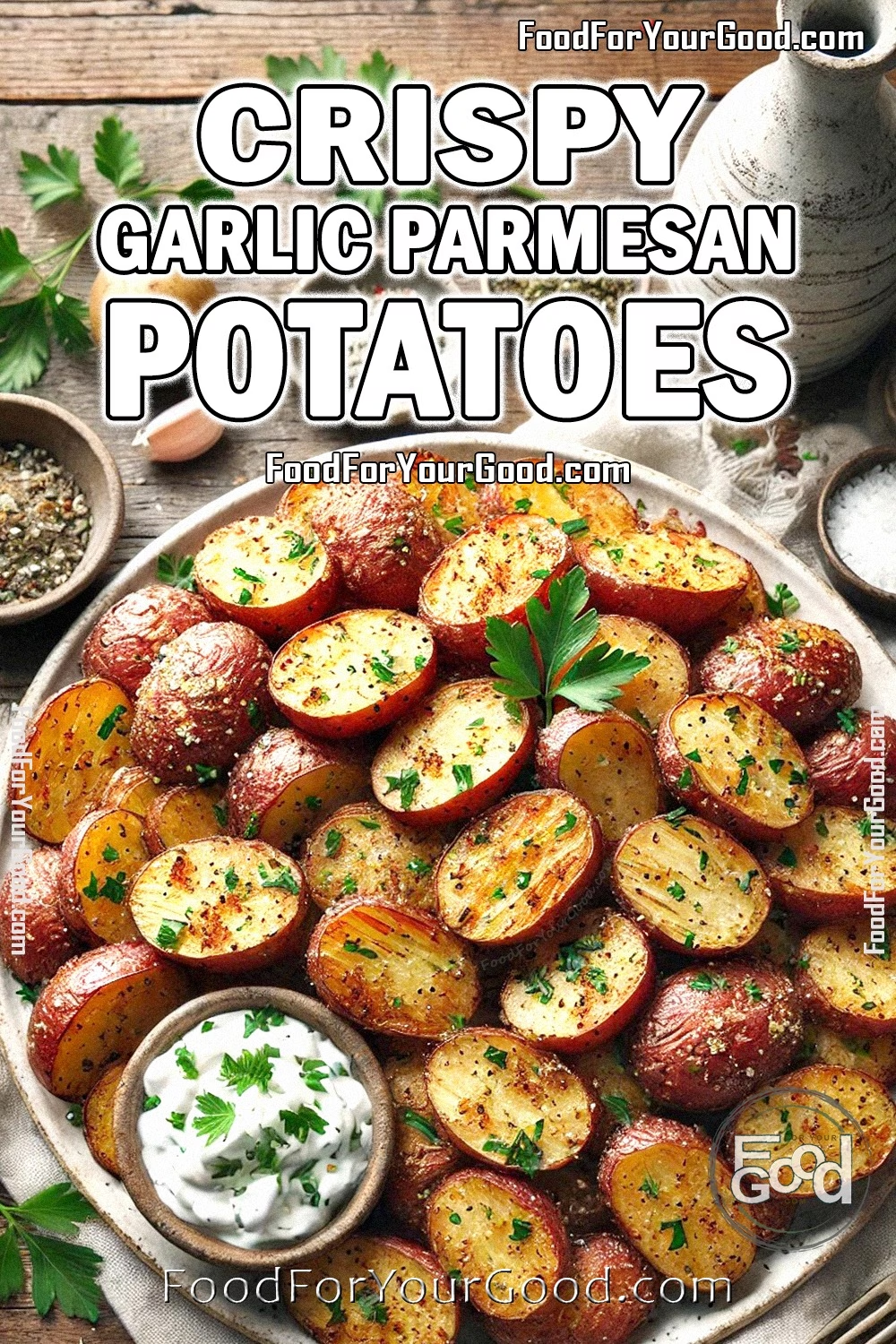
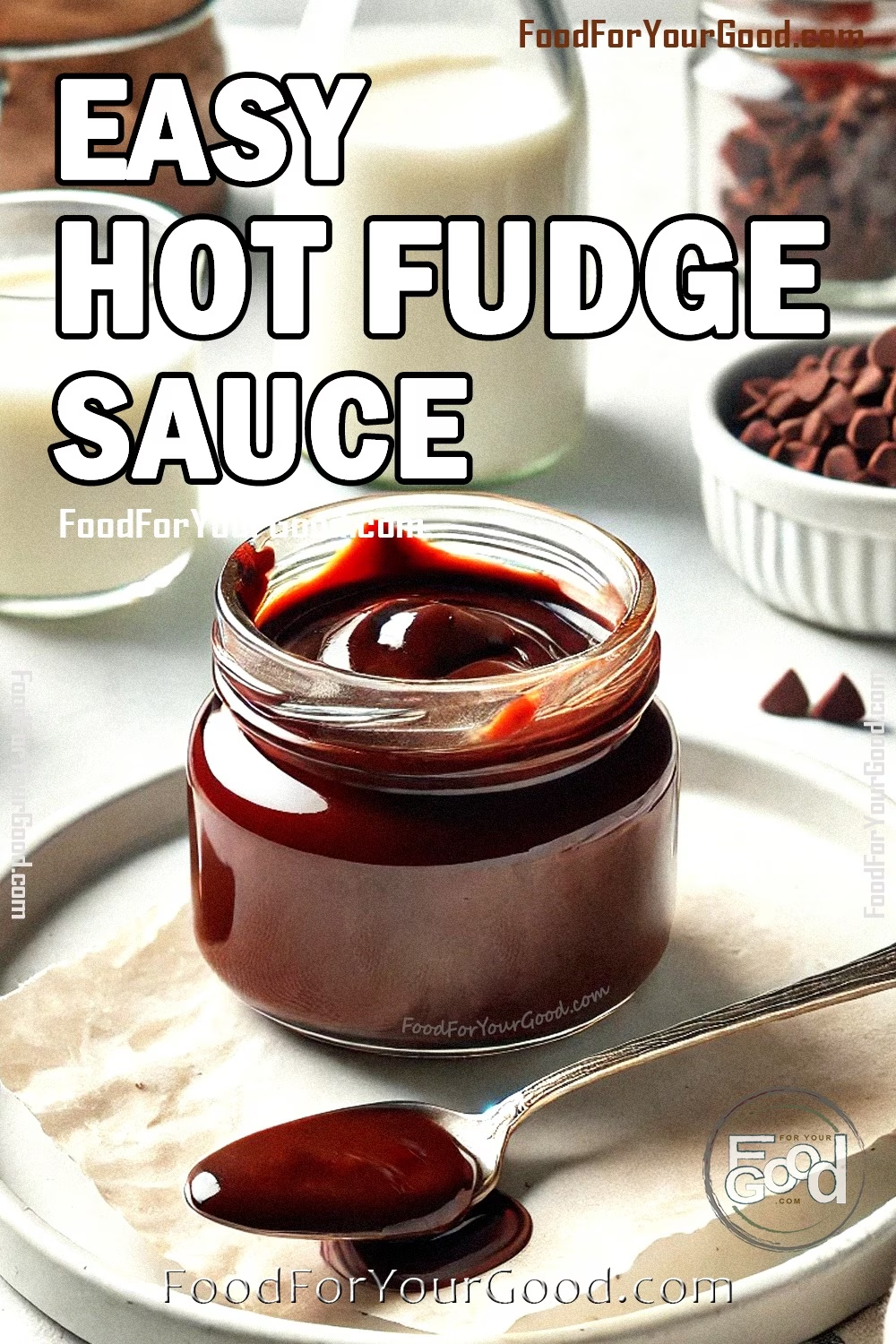
Garlic Parmesan Roasted Carrots: Roasting enhances the natural sweetness of carrots, while Parmesan adds a savory touch. Get the recipe.
Crispy Garlic Parmesan Potatoes: These baby red potatoes are crispy, golden, and seasoned to perfection. Get the recipe.
Easy Hot Fudge Sauce: For dessert, drizzle this rich chocolate sauce over ice cream or baked goods. Get the recipe.
Adding Your Own Twist
Don’t be afraid to customize these recipes. For example:
- Swap out oregano for thyme in roasted potatoes.
- Add a pinch of cayenne to hot fudge sauce for a spicy kick.
More Recipe Inspiration
Looking for even more ideas? Check out these comforting recipes on FoodForYourGood.com:
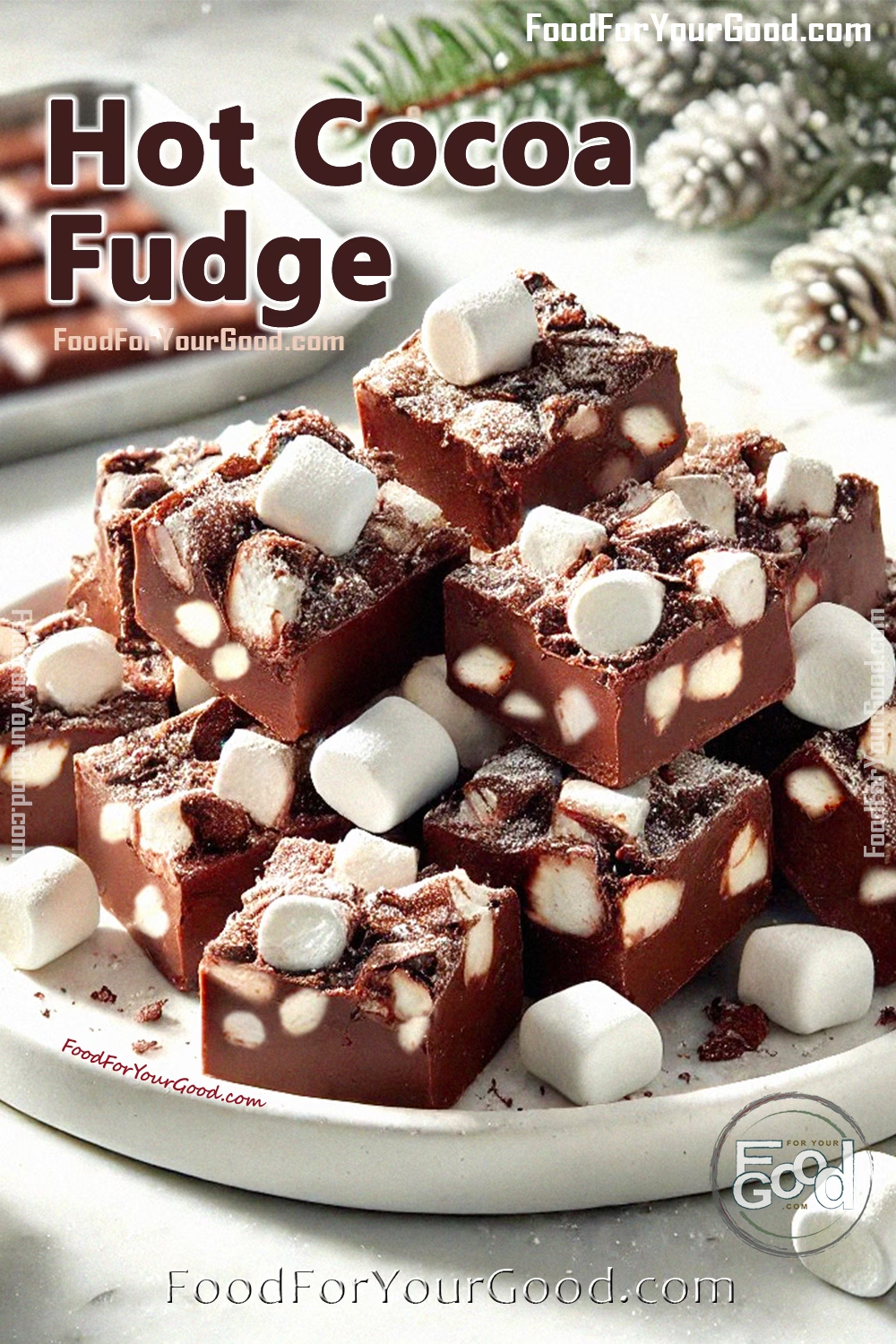
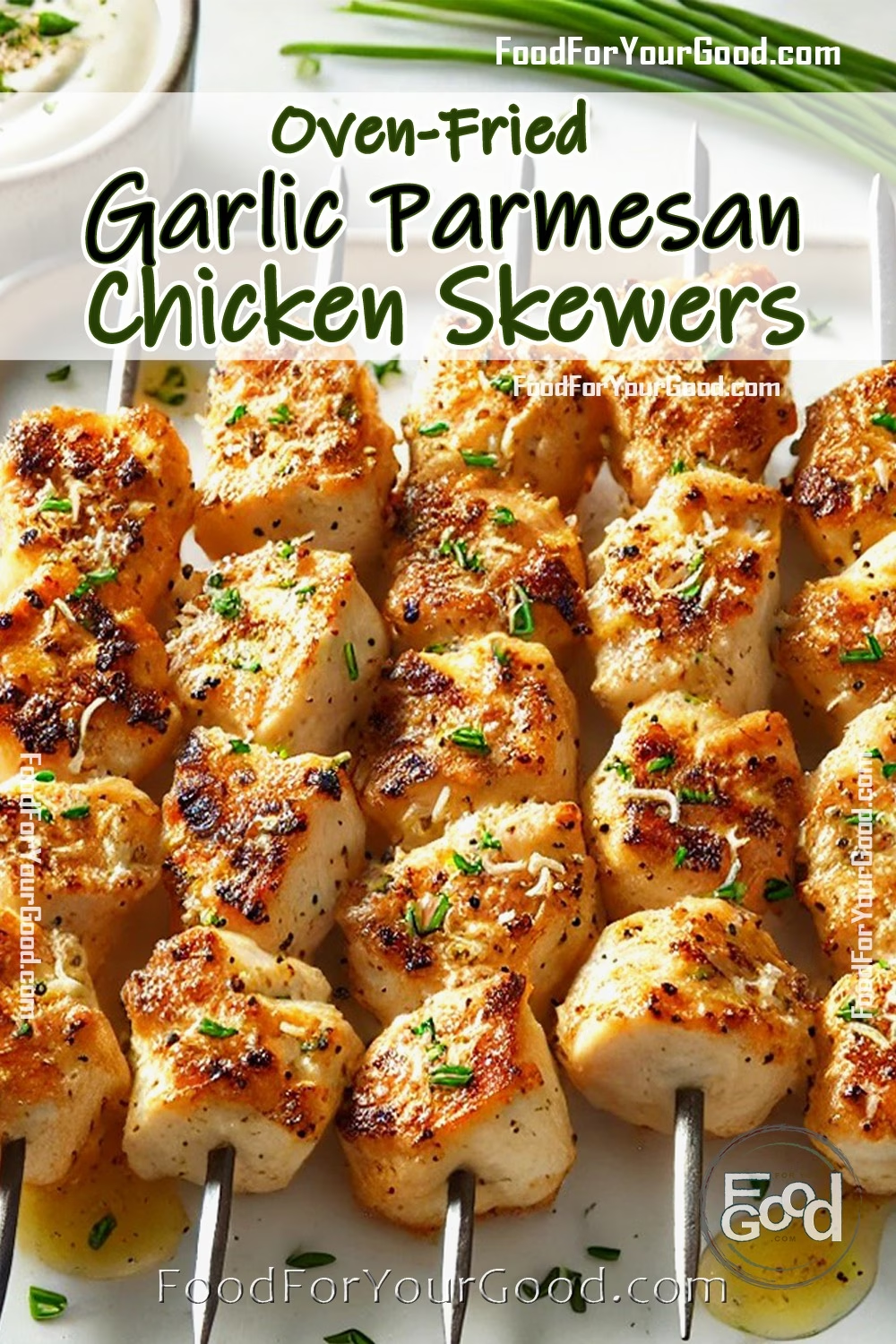
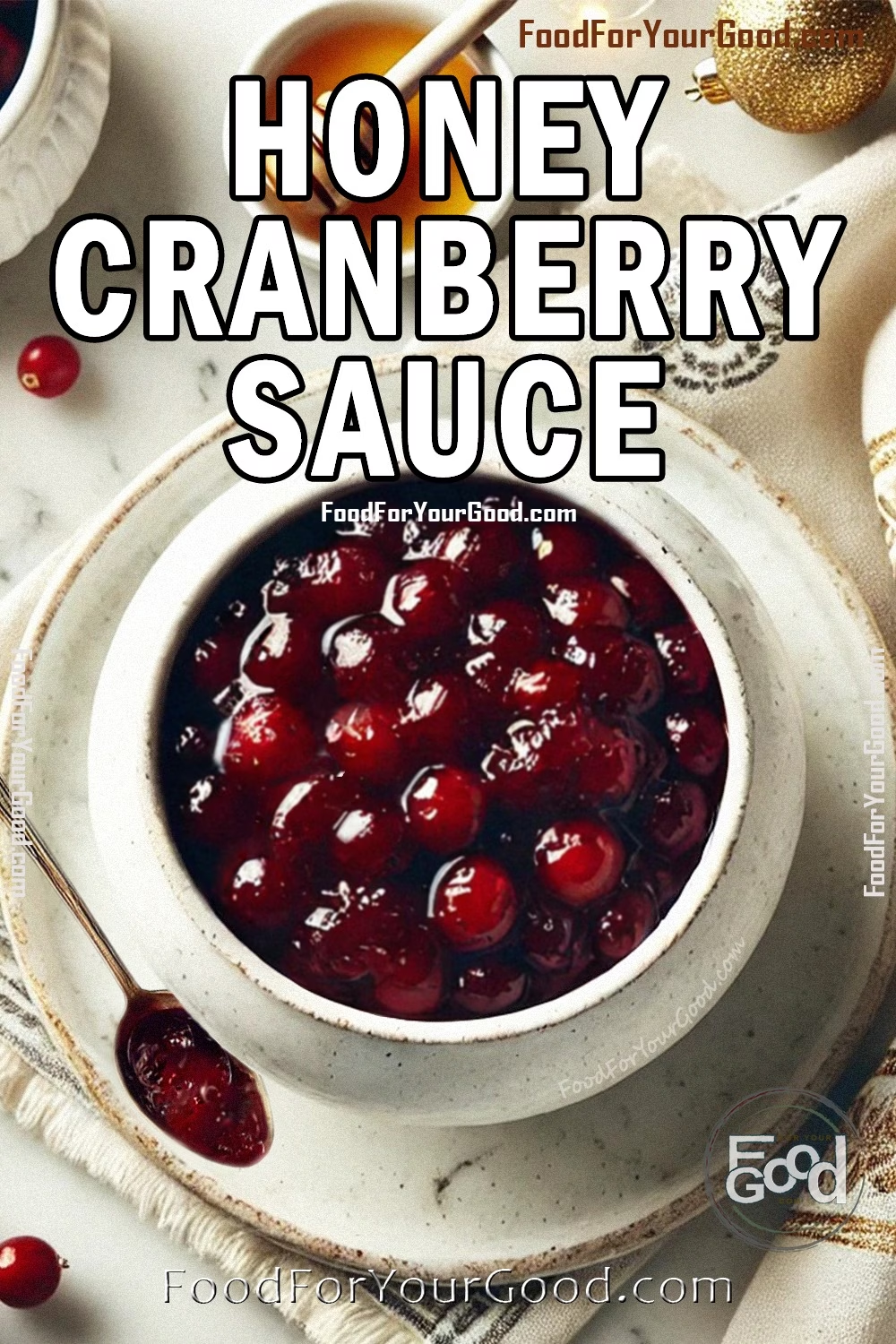
Hot Cocoa Fudge: Perfect for satisfying your sweet tooth. Get the recipe.
Oven-Fried Garlic Parmesan Chicken Skewers: A healthier twist on a favorite. Get the recipe.
Honey Cranberry Sauce: A tangy, sweet side dish. Get the recipe.


